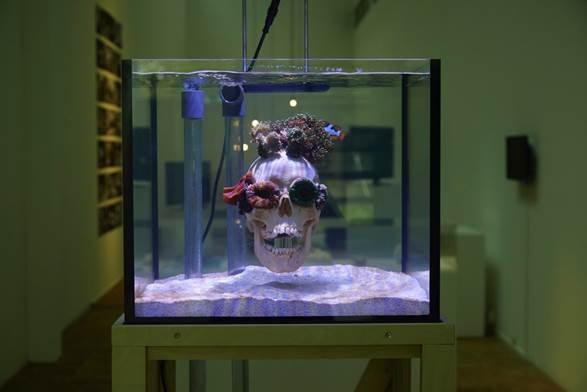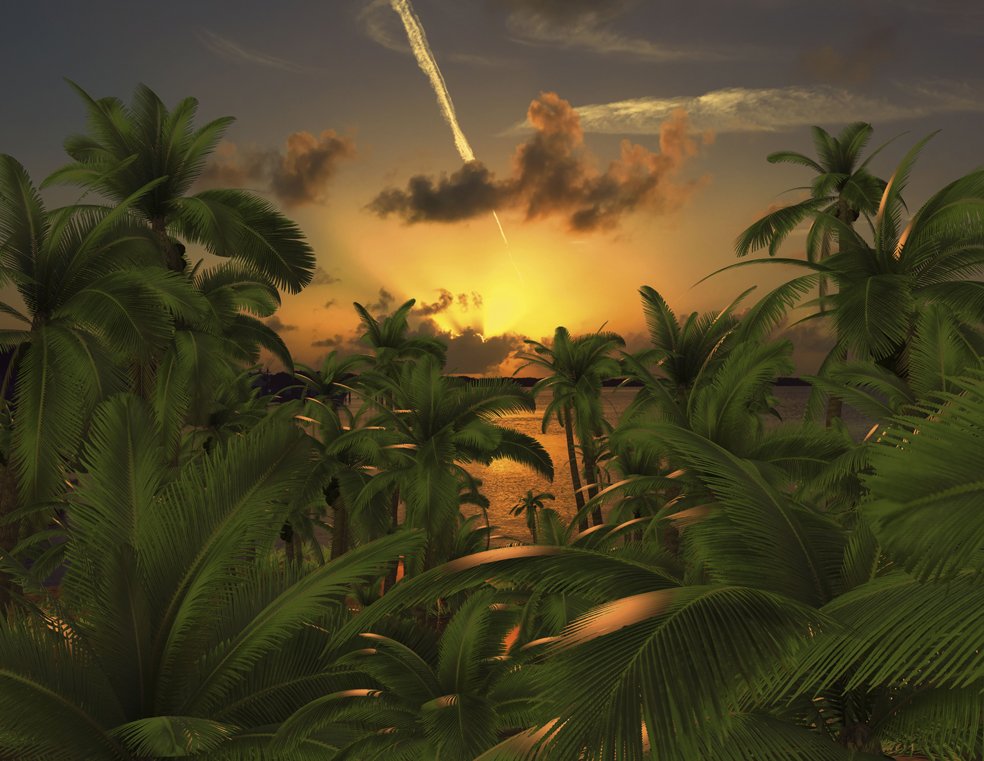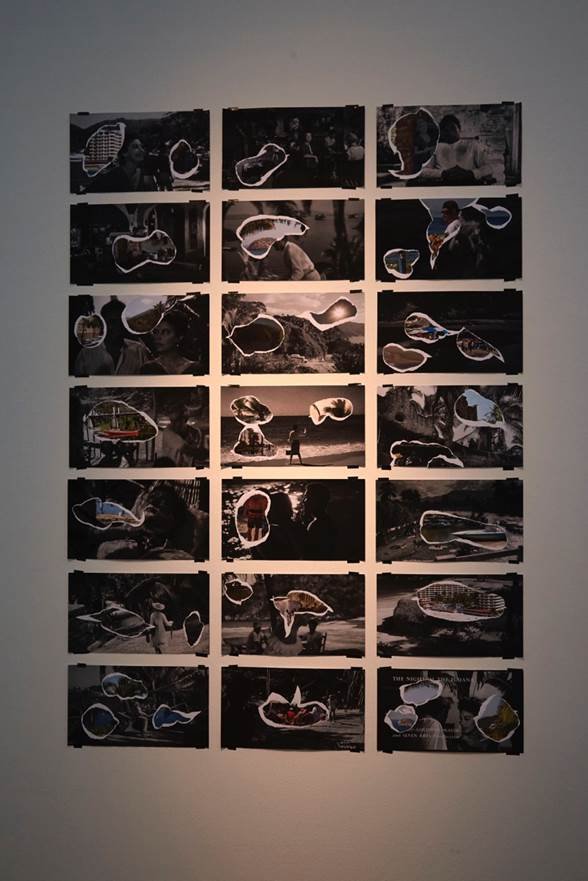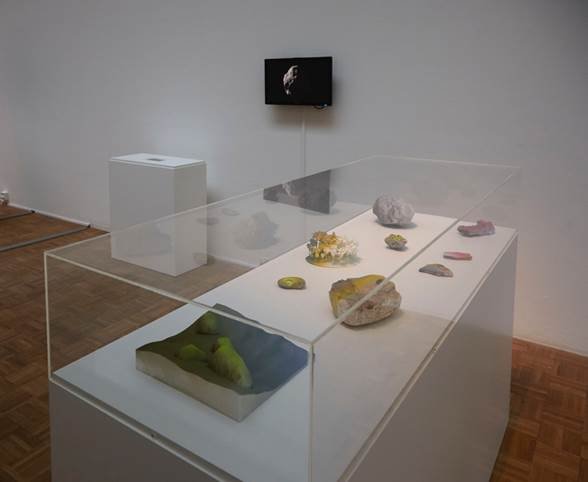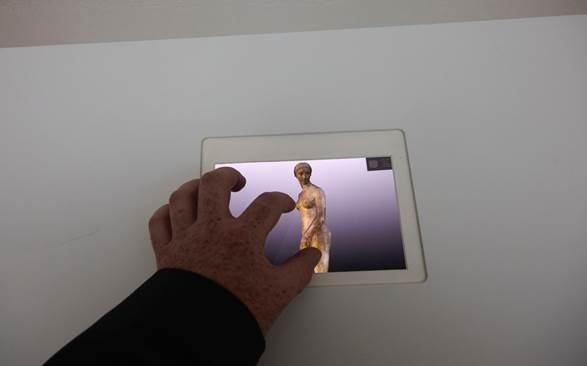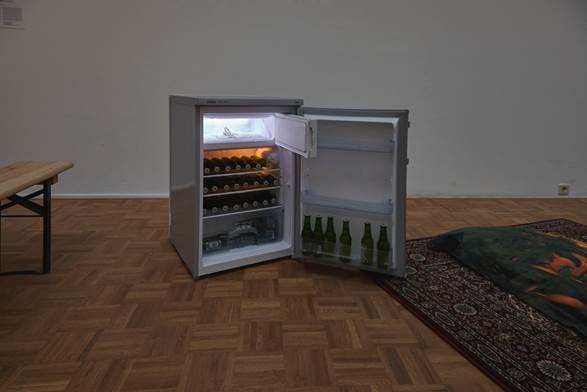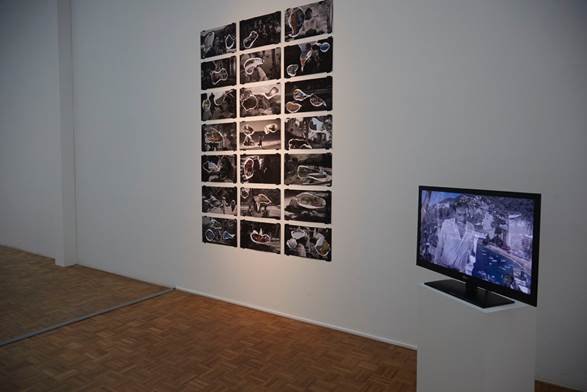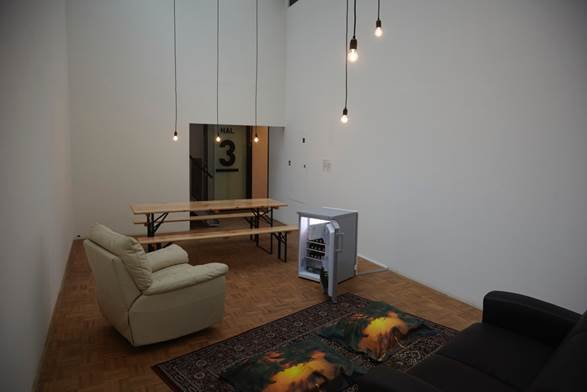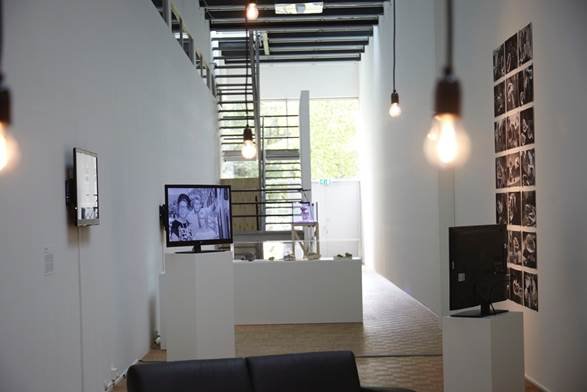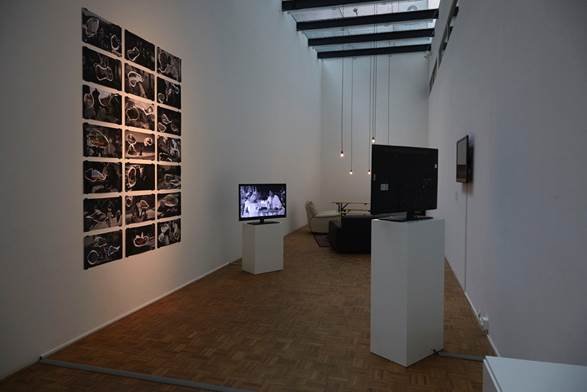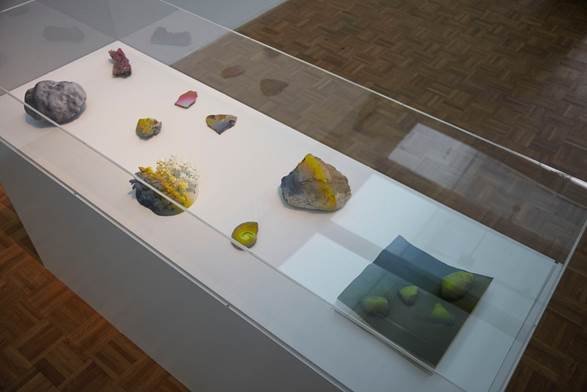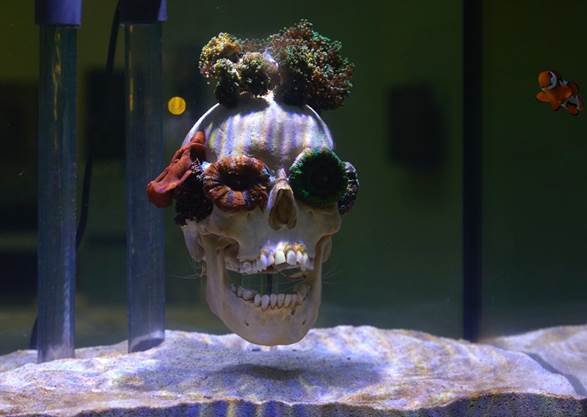In his experience of nature, growing up in the Austrian Alps, he noticed a conflict between reality and fantasy. Throughout his childhood, he felt as if he was "growing up on someone else's holiday". Kessler was fascinated by man's interpretation of nature and his aesthetic representation of it. With just a touch of humour, he develops thought-provoking installations about natural processes, simulates ‘natural' landscapes, and creates contemporary interpretations of cultural and historical notions of nature. Digital photography and the visual language of the Romantic landscape genre play an important role in Kessler's works, which are both visually stunning and confrontational.
Transience and Romantic landscape painting
The works in the exhibition entitled ‘Here and Now!' are based on Kessler's own experiences from his childhood and his travels to areas of spectacular natural beauty all over the world such as Antarctica and South America. His work includes references to Western art history, such as transience in ‘vanitas' still life paintings, and 19th-century Romantic landscape painting. The Kunsthal is presenting several important installations from his oeuvre which, with the help of innovative techniques, address major themes such as economic interests and the way we use natural resources.
‘Nowhere to Be Found'
The centrepiece of the exhibition is an installation entitled ‘Nowhere to Be Found', which consists of a human skull placed in an aquarium and surrounded by living coral. Salt water and UV light imitate tropical surroundings and create an artificial environment, allowing the coral to get most of its energy from the skull. The skull slowly perishes leaving behind its proteins in the salt water, on which the coral feeds. Just like other living beings do, the corals ‘compete' for light and food. Some corals don't make it, while others survive on the skull and create an intriguing spectacle.
‘The Sea of Ice / The Wreck of Hope'
In his installation ‘The Sea of Ice / The Wreck of Hope', Kessler examines changes in the way man looks at landscape, from a romantic view to one that is opportunistic and preindustrial. In his 3D-printed model of Casper David Friedrich's painting ‘The Sea of Ice, 1823-24', a plastic replica is situated in the freezer compartment of a refrigerator stocked with beer, the setting representing a typical Austrian Stammtisch (a meeting place for ‘regulars'). And yes, there really is free beer! By opening the fridge door, visitors are encouraging ice to form in the freezer compartment, while at the same time enjoying a cold beer and discussing art and other world issues. In this way, the installation serves as a social sculpture.
‘Sunset in Simulacrum'
The work entitled ‘Sunset in Simulacrum' is a large-scale billboard showing a tropical sunset. In this work, Kessler shamelessly combines his own photographic material with digitally-reproduced 3D images. The result is a composition like any you might come across in a tourist brochure. It is difficult to distinguish between the ‘objective' reality and that which has been digitally manipulated.
Publication
The exhibition is accompanied by a detailed publication, ‘Mathias Kessler: Nowhere to Be Found', which features a selection of his most important works and has accompanying texts by writers including Emily Ansenk (introduction), art historian Dieter Buchhart, and Stephan Berg (director of the Kunstmuseum Bonn), and interviews with the artists Mark Dion and David Brooks, and David A. Ross (former director of the Whitney Museum and SFMoMA). Final editing by Dieter Buchhart, Hatje Cantz publishers, ISBN 978-3-7757-3823-1, €48.
Press
